Guide to Heat Impacts Your Body During Exercise
Understand the physiological effects of heat on your body during exercise, including risks like dehydration and heat exhaustion. Learn crucial hydration and safety strategies for training in hot weather.

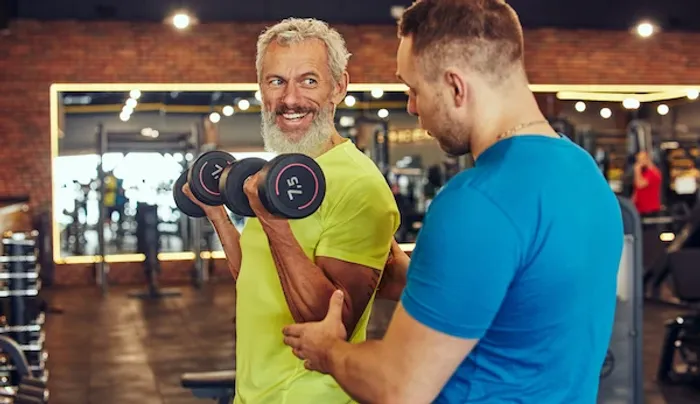
Introduction
When you exercise, your muscles produce heat. Your body keeps core temperature in a narrow range using two main tools: increasing skin blood flow (to move heat to the surface) and sweating (so evaporation can cool you). In mild conditions, this system keeps pace; in hot, humid weather, the balance tips and core temperature climbs faster. The heat impacts your body by demanding more from your heart—blood is diverted to the skin for cooling while your muscles still need oxygen—so you feel breathless at paces that normally feel easy (CDC; WHO) .
Humidity is the “invisible” challenge. Sweat only cools you if it evaporates. In humid air, sweat drips rather than evaporates, reducing cooling while accelerating fluid and electrolyte loss. That’s why a 32°C day at 80% humidity feels dramatically harder than a dry 32°C day—the “feels like” measure (heat index) captures this risk better than temperature alone (NIOSH/OSHA) .
There are limits to sweating and evaporative cooling. Sweat rates vary widely (0.3–2.0+ liters/hour), and heavy sweaters can lose substantial sodium. Clothing, skin coverage, wind, and sun exposure all change how fast sweat can evaporate. If heat gain exceeds heat loss, your core can rise toward dangerous levels, raising the risk of heat illness. Practical implication: slow down early, seek shade and airflow, and pre-plan hydration and cooling to stay ahead of rising core temperature (ACSM; NIOSH) .
Related terms used: humidity effect on sweating, exercising in heat safely.
Performance, Heart, Brain, and Gut: What Changes in the Heat
Heat impacts your body by intensifying cardiovascular strain. As core temperature rises, heart rate drifts upward 5–15 beats per minute at the same pace—a phenomenon called cardiovascular drift. Blood is shunted to the skin for cooling, leaving less for working muscles. The result: higher perceived effort (RPE), earlier fatigue, and slower times even at the same effort. Dehydration compounds this by reducing blood volume, further increasing heart rate and stress (ACSM; Périard et al.).
Your brain feels the heat, too. Studies show heat can impair attention, reaction time, and decision-making, raising the risk of pacing errors and accidents. That’s why “checking in” more often—asking yourself if you feel lightheaded, chilled, goose-bumpy, or unusually irritable—can catch trouble earlier (CDC; WHO) .
The gut is another hotspot. In the heat, blood flow is redirected away from the digestive tract, which can cause nausea, cramping, and diarrhea. Combine that with concentrated sports drinks or gels without enough water, and GI symptoms can derail your session. Muscles are affected as well: electrolyte shifts and neuromuscular fatigue increase the odds of cramps. Practical tip: simplify fueling in hot weather (lower carbohydrate concentration, more frequent small sips), and add sodium if you’re a salty sweater or training longer than 60–90 minutes (Sports Med reviews).
- Unique insight: Thermal comfort isn’t the same as thermal strain. You can feel “okay” in hot, breezy shade yet still accrue core temperature over time at moderate effort. Use effort and heart rate, not just comfort, to guide intensity.
Related terms used: heart rate drift in hot weather, GI upset during heat.
Hydration, Electrolytes, and Hyponatremia: Getting It Right
Hydration is a strategy, not a number. A personalized plan starts with your sweat rate. Weigh yourself nude before and after a typical hot workout; each 0.5 kg lost equals roughly 500 ml of fluid deficit (account for any fluid consumed). Aim to limit body mass loss to ~2% or less during most workouts. Pre-hydrate with 300–600 ml 2–3 hours before, then sip another 150–300 ml 15–20 minutes before. During exercise, drink to thirst while using your sweat rate as a guide—often 400–800 ml/hour in the heat, but this varies widely (ACSM; CDC) .
- Electrolytes matter. Sweat contains sodium (and smaller amounts of potassium, magnesium). For sessions beyond 60–90 minutes—or for heavy/salty sweaters—use a sports drink or add sodium (~300–700 mg sodium per liter) to help maintain plasma volume, reduce cramp risk for some individuals, and support continued drinking. Afterward, replace 125–150% of fluid lost over the next few hours and include a salty meal or electrolyte rehydration (ACSM; Sports Med) .
- Hyponatremia (dangerously low blood sodium) can occur when athletes drink more fluid than they lose—especially plain water—during long events. Key differences: dehydration often presents with thirst, dry mouth, dark urine, and elevated heart rate; exercise-associated hyponatremia may include nausea, bloating, headache, confusion, and in severe cases, seizures. Prevention: avoid “forced drinking.” Stick to drink-to-thirst guided by your measured sweat rate; use sodium-containing fluids for long efforts; and be cautious with overhydration (CDC; ACSM) .
Unique insight: Your “hydration ceiling” is individual. In very hot conditions, cooling strategies (shade, ice towels) often yield more benefit than trying to match sweat losses sip-for-sip, which can risk GI upset or hyponatremia.
Related terms used: electrolyte balance during endurance training, signs of hyponatremia vs dehydration.
Heat Acclimation: How Your Body Adapts and How to Do It
Good news: your body adapts to heat. Over 1–2 weeks of repeated heat exposure, you sweat earlier and more efficiently; your sweat becomes more dilute (losing less sodium per liter); plasma volume expands; heart rate at a given pace drops; and perception of effort improves. Together, these changes improve comfort, performance, and safety in hot conditions (Périard et al., Sports Med).
A safe acclimation protocol:
- Days 1–3: Shorten sessions (20–40 minutes) at easy effort in the heat or warm indoors (fan off), or do your usual session with a short, easy “heat block” at the end. Hydrate normally.
- Days 4–6: Gradually increase hot-time exposure. Keep intensity mostly easy to moderate. Add brief tempo or strides if you feel good.
- Days 7–10+: Extend duration and introduce more specific workouts in the heat. Continue to respect signs of undue fatigue, poor sleep, or persistent elevated resting heart rate.
- Maintenance: 2–3 heat exposures per week preserve gains. After 1–2 weeks away from heat, expect some decay and re-acclimate gradually (ACSM; Sports Med).
Practical notes:
- Acclimation works best with consistent, submaximal exposures.
- Heavy clothing or saunas can be used cautiously post-workout for an added thermal stimulus; keep sessions short and stop if dizzy or unwell.
- Hydration remains important, but do not overdrink—listen to thirst and plan electrolytes for longer sessions.
Unique insight: Sleep can be disrupted during early acclimation. Aim for a cooler bedroom, light bedding, and earlier dinners to support recovery.
Related terms used: heat acclimation protocol timeline, maintaining acclimation.
Recognizing and Responding to Heat Illness
- Heat cramps: Painful, involuntary muscle spasms during or after exercise. Often linked to fatigue and fluid/electrolyte shifts.
- What to do: Stop exercise, gently stretch, cool down, hydrate, and consider a sodium-containing beverage. Resume activity only if symptoms resolve (CDC) .
- Heat exhaustion: Heavy sweating, weakness, dizziness, headache, nausea, rapid pulse, cool/clammy skin, fainting possible.
- What to do: Stop, move to a cool/shaded place, lie down with legs elevated, remove excess clothing, cool with cold cloths/ice packs at neck/armpits/groin, sip cool fluids if alert. If symptoms persist, worsen, or you have underlying conditions, seek medical care (CDC; Mayo Clinic).
- Heat stroke (medical emergency): Core temperature typically ≥40°C, altered mental status (confusion, agitation, slurred speech), seizure, loss of consciousness; skin may be hot and dry or still sweaty.
- What to do: Call emergency services immediately. Begin rapid cooling right away—ideally cold-water immersion. If unavailable, use continuous ice/water-soaked towels and fans, ice packs at major blood vessels, and misting. Do not delay transport for cooling; do both if possible (ACSM; CDC) .
- Unique insight: “Chills” or goosebumps while still hot and exercising can be an early red flag—stop and cool down. If symptoms persist beyond two hours of rest and cooling, consult a doctor online with Apollo 24|7 for further evaluation.
Related terms used: heat exhaustion symptoms during workout, prevent heat stroke while running.
Consult a Top General Physician for Personalised Advice
Smarter Training in Hot Weather
Use environmental tools. Heat index combines temperature and humidity,good for public guidance. WBGT (wet-bulb globe temperature) adds sun and wind, often used by sports and workplaces. As WBGT or heat index rises, reduce intensity and duration, increase recovery, and up your cooling strategies. Many free apps estimate both; follow conservative thresholds (NIOSH/OSHA) .
- Simple rule of thumb: If it’s hot and humid, choose effort-based training (by breath/RPE) rather than pace. Expect to slow down 3–10% or more in strong heat, especially before acclimation.
- Clothing and gear: Wear light-colored, loose, moisture-wicking fabrics; ventilated shoes and socks; a hat with vents; UV-rated sunglasses; broad-spectrum SPF 30+ sunscreen (reapply).
- Choose routes with shade and water access. Use a handheld bottle or vest with ice in flasks.
- Cooling strategies: Pre-cooling 15–30 minutes before: cold drinks, ice slushy (if tolerated), cool shower, or cooling towel/vest.
- Mid-cooling: ice towels on neck, dousing head/arms with water, shaded breaks, menthol gum/mouth rinse for perceived coolness (avoid overuse if GI-sensitive).
- Post-cooling: cold fluids, cool environment, light snack with sodium. Systematic reviews show pre-cooling and cold fluids can improve endurance in the heat and reduce thermal strain (Sports Medicine reviews) .
- Unique insight: Prioritize airflow. A small, clip-on fan on a treadmill or indoor bike can mimic outdoor evaporation and substantially improve comfort and performance when training indoors during heatwaves.
- Related terms used: WBGT vs heat index for athletes, cooling strategies pre-cooling and ice towels.
Special Populations and Medications
- Children: Lower sweat rates, higher surface area-to-mass, and less heat experience increased risk. Emphasize frequent breaks, shade, cooling towels, and water availability. Make it a game to sip often and check in.
- Older adults: Reduced thirst sensation, less efficient sweating, and more medications comingle. Schedule cooler-time activity, drink regularly, and monitor for dizziness or confusion (WHO; CDC) .
- Pregnancy: Higher resting temperature and cardiovascular demands merit caution. Choose cooler environments, lower intensities, and shorter sessions; prioritize hydration and stop if dizzy, short of breath, or cramping.
Medical conditions and medications:
- Higher risk: heart disease, diabetes, kidney disease, obesity, recent illness/fever.
- Medications that can raise risk: diuretics, some antihypertensives (beta-blockers), anticholinergics, antihistamines, certain antidepressants and antipsychotics, stimulants. Discuss with your doctor about exercising in the heat and adjustments (CDC; Mayo Clinic).
Alternative plans during heatwaves:
- Indoor workouts with AC and fans; water-based exercise; early morning/evening outdoor sessions; technique drills in shade; strength training circuits with longer rests.
- Unique insight: If you’re returning after illness (especially fever, GI bug, or COVID-19), reintroduce heat exposure slowly—fever and dehydration can blunt your cooling capacity for several days.
Related terms used: children exercising in heat safety tips, medications that increase heat risk.
When to Seek Care, Recovery, and Useful Tests?
Warning signs needing medical evaluation:
- Symptoms of heat exhaustion that don’t resolve within 30–60 minutes of cooling and hydration
- Any confusion, persistent vomiting, fainting, chest pain, seizures, or a core temp reading ≥40°C
- Recurrent severe cramps, dark urine (possible rhabdomyolysis), or no urination for 6–8 hours
If your condition does not improve after trying these methods, book a physical visit to a doctor with Apollo 24|7. For ongoing issues like repeated cramps or concerning fatigue, a clinician may recommend tests such as electrolytes/sodium, kidney function, and creatine kinase. Apollo 24|7 offers a convenient home collection for common lab panels if advised by your doctor.
Recovery checklist after hot workouts:
- Replace 125–150% of fluid lost over 2–6 hours with a mix of water and electrolyte beverages.
- Eat a salty, balanced meal with protein and carbohydrates.
- Cool shower, light clothing, and a nap or early bedtime.
- Delay your next hard session 24–48 hours if you experienced heat illness symptoms, severe cramps, or unusual fatigue.
Unique insight: A next-morning “readiness check” (resting heart rate, body weight, urine color, and how you feel) helps decide if you’re ready for another hard session in the heat.
Related terms used: indoor workouts during heatwave, best time to exercise in summer heat.
Conclusion
Hot weather changes the rules of exercise. The heat impacts your body during exercise by increasing cardiovascular strain, altering brain function, and challenging your gut—all while sweat and skin blood flow work overtime to cool you. Humidity intensifies this effect by slowing sweat evaporation, making even moderate efforts feel hard. The smartest athletes respond, not resist: they slow down earlier, hydrate to thirst with a personalized plan, add electrolytes for longer sessions, and use cooling tactics before, during, and after workouts.
You can also train your body to handle heat. With a 1–2 week acclimation plan, your sweat becomes more efficient, your heart rate at a given effort drops, and you feel better in the same conditions. Pair that with a simple decision system—guided by heat index or WBGT—and you’ll know when to dial it back, move indoors, or swap in a water-based session.
Stay alert to warning signs. Treat heat cramps and heat exhaustion promptly, and remember that heat stroke is a medical emergency requiring immediate cooling and care. If symptoms persist beyond two hours after cooling and rehydration, consult a doctor online with Apollo 24|7 for guidance, and consider lab checks if you have recurrent issues.
With knowledge and a plan, you can keep training safely, build fitness, and even enjoy the summer—on your terms.
Consult a Top General Physician for Personalised Advice
Consult a Top General Physician for Personalised Advice

Dr. Rajib Ghose
General Physician/ Internal Medicine Specialist
25 Years • MBBS
East Midnapore
VIVEKANANDA SEBA SADAN, East Midnapore

Dr. Anand Misra
General Physician/ Internal Medicine Specialist
14 Years • MBBS, DNB
Mumbai
Apollo Hospitals CBD Belapur, Mumbai

Dr. Aakash Garg
Gastroenterology/gi Medicine Specialist
12 Years • MBBS, DNB (Medicine), DrNB (Gastroentrology).
Bilaspur
Apollo Hospitals Seepat Road, Bilaspur
(150+ Patients)
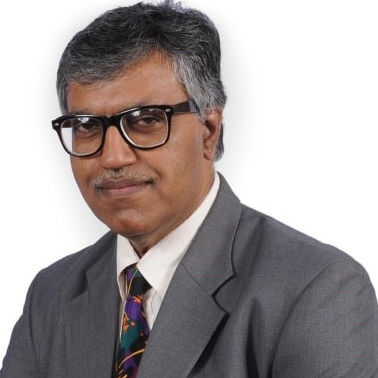
Dr P Jagadeesha Chandra
General Physician/ Internal Medicine Specialist
37 Years • MBBS, MD
Bengaluru
Apollo Hospitals Jayanagar, Bengaluru
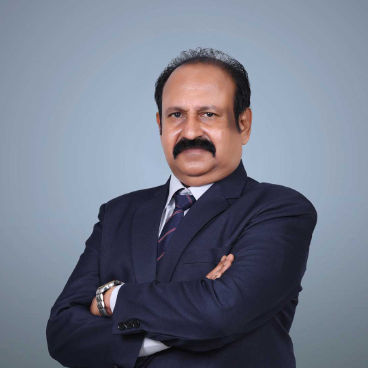
Dr. R Gopakumar
Internal Medicine/ Covid Consultation Specialist
31 Years • MBBS, MD(general medicine
Angamaly
Apollo Hospitals Karukutty, Angamaly
(25+ Patients)
Consult a Top General Physician for Personalised Advice

Dr. Rajib Ghose
General Physician/ Internal Medicine Specialist
25 Years • MBBS
East Midnapore
VIVEKANANDA SEBA SADAN, East Midnapore

Dr. Anand Misra
General Physician/ Internal Medicine Specialist
14 Years • MBBS, DNB
Mumbai
Apollo Hospitals CBD Belapur, Mumbai

Dr. Aakash Garg
Gastroenterology/gi Medicine Specialist
12 Years • MBBS, DNB (Medicine), DrNB (Gastroentrology).
Bilaspur
Apollo Hospitals Seepat Road, Bilaspur
(150+ Patients)

Dr P Jagadeesha Chandra
General Physician/ Internal Medicine Specialist
37 Years • MBBS, MD
Bengaluru
Apollo Hospitals Jayanagar, Bengaluru

Dr. R Gopakumar
Internal Medicine/ Covid Consultation Specialist
31 Years • MBBS, MD(general medicine
Angamaly
Apollo Hospitals Karukutty, Angamaly
(25+ Patients)
More articles from Weight Loss
Frequently Asked Questions
What’s the best time to exercise in summer heat?
Early morning or late evening when heat index is lower. If the day stays hot, choose an indoor, air-conditioned workout or water-based exercise.
How much should I drink during a hot run?
Drink to thirst, guided by your sweat rate. Many athletes do well with 400–800 ml/hour, but measure your own sweat losses and adjust. Add electrolytes for sessions over 60–90 minutes.
How do I know if it’s dehydration or hyponatremia?
Dehydration: thirst, dry mouth, dark urine, faster heart rate. Hyponatremia: nausea, bloating, headache, confusion, sometimes normal or clear urine. If severe or uncertain, seek medical help immediately.
What’s a simple heat acclimation plan?
Over 1–2 weeks, gradually increase time training in the heat at easy-to-moderate effort, adding short bouts first, then longer sessions. Maintain hydration and stop if unwell.
When should I see a doctor for heat-related symptoms?
If symptoms of heat exhaustion don’t improve after 30–60 minutes of cooling and fluids, or if you have confusion, fainting, persistent vomiting, chest pain, or seizures. If symptoms persist beyond two weeks or recur, consult a doctor online with Apollo 24|7.
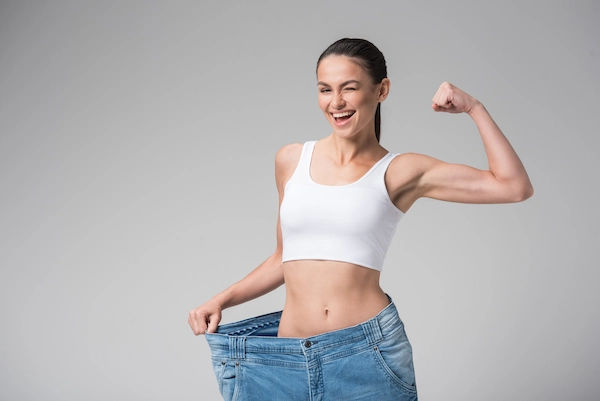
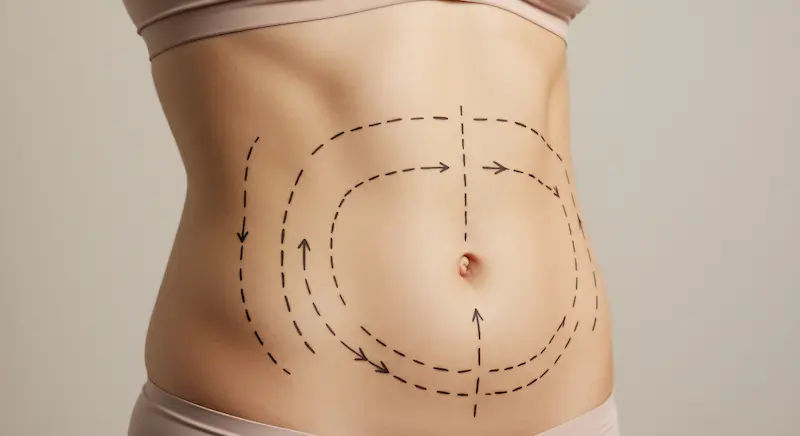
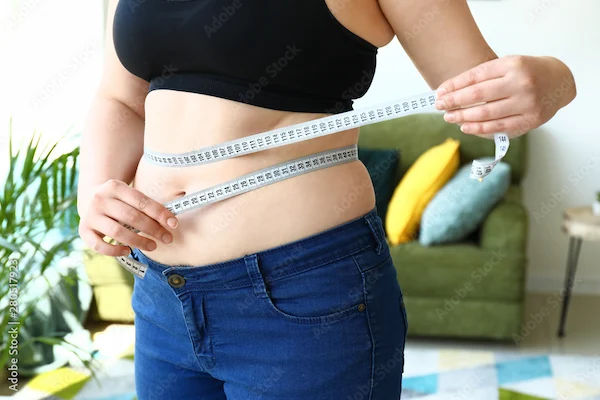
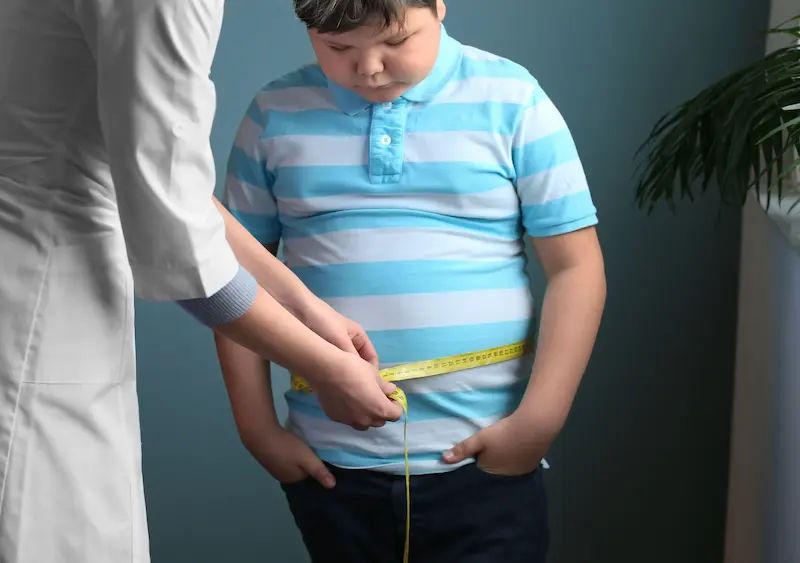
.webp)